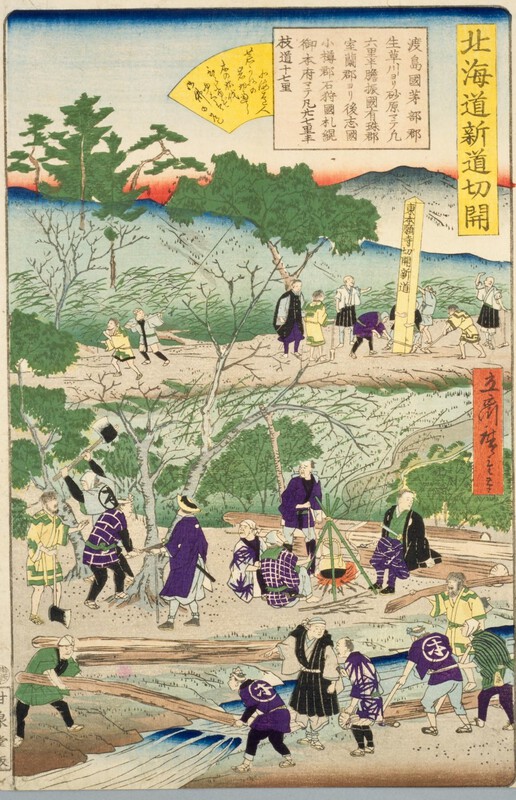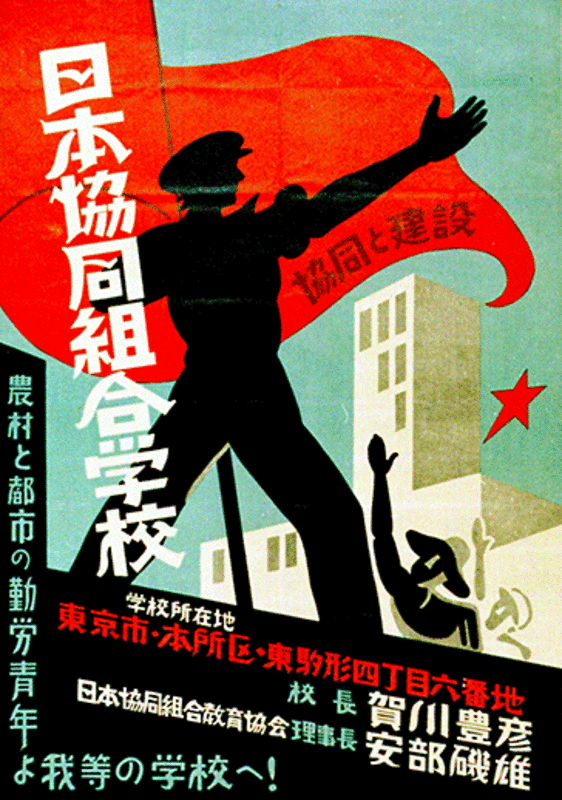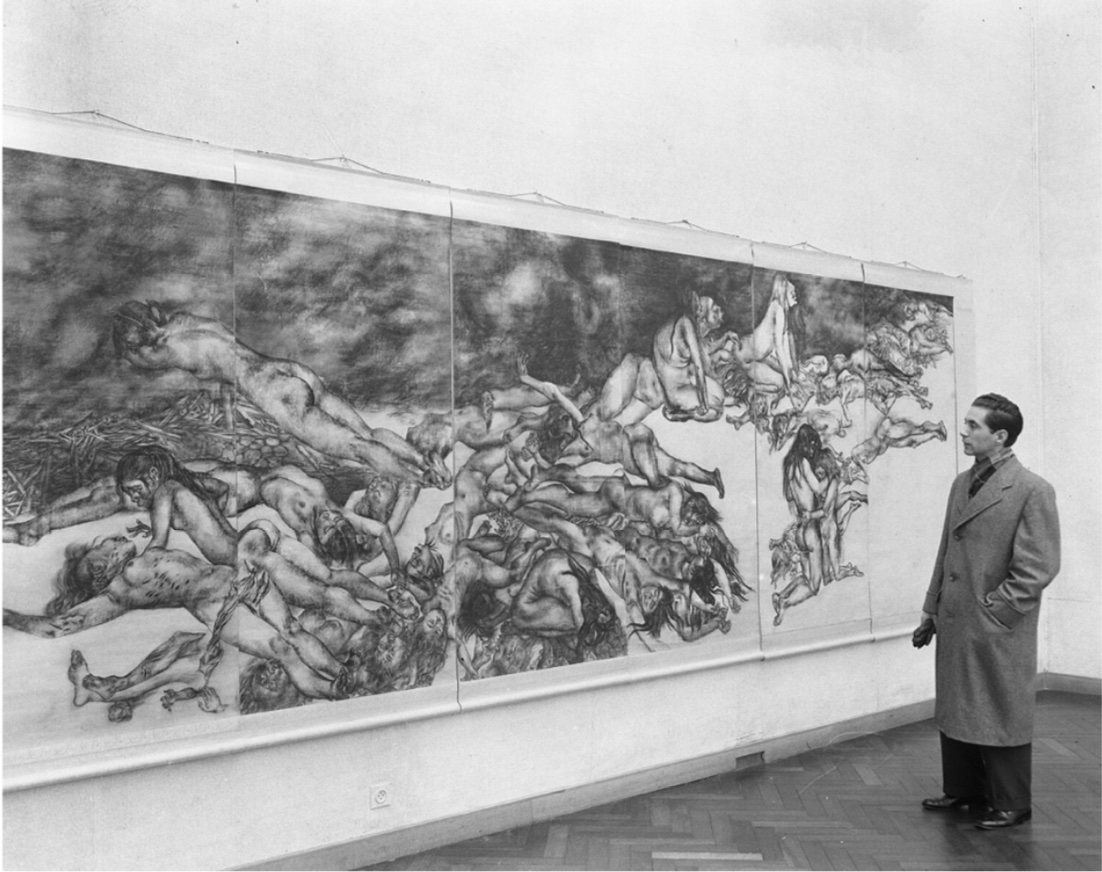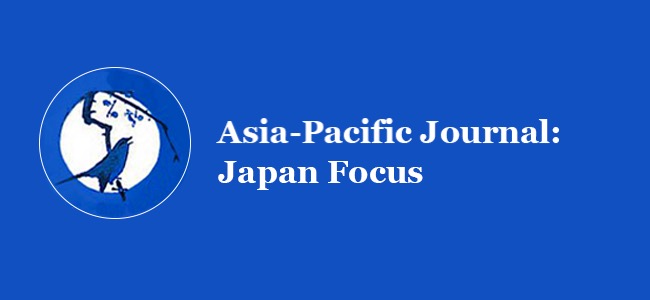[Ed. Note: This article is part of a collection of essays entitled “Critical Reflections on the 80th Anniversary of the End of World War II” published in August 2025.]
Keywords: war, militarism, World War I, World War II, nuclear weapons
Eighty years after the end of the Asia-Pacific/Second World War, a subtle but crucial shift in global sentiment is taking shape. The spectre of war has morphed in a terrifying way. As the United Nations-centred framework created to maintain peace after World War II crumbles, and as the arms restriction regimes created to prevent global nuclear conflict are ditched, war talk is amplifying everywhere. Efforts to re-create these peace regimes in more effective and inclusive forms have been abandoned, replaced by rampant militarism and breathtakingly deceptive rhetoric about the nature of war itself. While new conflicts rage in Ukraine, the Middle East and elsewhere, there is a growing acceptance that a wider war – possibly including the use of ‘tactical’ nuclear weapons – is now likely, if not inevitable.
In Britain, for example, the Starmer government’s 2025 National Security Strategy warns that ‘for the first time in many years, we have to actively prepare for the possibility of the UK homeland coming under direct threat, potentially in a wartime scenario’.1 Its response (echoed in many nations throughout western Europe and beyond) is to ramp up military spending, shifting to ‘more investment in hard power and an emphasis on increasing the lethality of our armed forces’, all the while becoming ‘more unapologetic and systematic in pursuit of our national interests’.2
Meanwhile in Japan, the very notion of ‘self-defense’, which underpinned postwar interpretations of the peace constitution, has been overturned. Since the passing of the country’s 2015 ‘Peace and Security Law’, use of military force has been declared justified, not only in the case of an actual attack against Japan, but also in the case of an ‘existential crisis’ [sonritsu kiki]: a slippery concept covering conflicts overseas that are seen as a threat to ‘the survival of our country’ and ‘the lives, liberty, and right to pursue happiness of the people’.3 Examples might include a blockade of the Straits of Hormuz, an attack on a ship carrying Japanese citizens, or even a cyberattack threatening serious damage to Japan.4
The redefinition of ‘self-defense’ has been accompanied by a series of major expansions of arms spending, the most recent spelled out in Japan’s 2025 Defense White Paper, which calls for ‘extended deterrence of the United States, centered on nuclear deterrence’, while also proposing a future expansion of self-defense in the next decade, ‘so that we can prevent or repel invasions earlier and at a greater distance’.5 This call to arms is couched in the imagery of kawaii, with anime-style pictures of smiling young men and women in fetching uniforms, their eyes sparkling as they head off to the adventure of a military career.
Sanseitō, the far-right political party which achieved remarkable gains in Japan’s July 2025 Upper House elections, takes the rhetoric of war much further. The party’s leader, Kamiya Sōhei wants a Japanese debate about acquiring the nation’s own nuclear ‘deterrent’, and observes that ‘in the current situation, nuclear weapons are the best weapons’.6 As his Sanseitō parliamentary colleague Saya puts it: ‘nuclear armaments are the most inexpensive [mottomo yasuagari], and are one of the most important measures to strengthen security’.7
It might be tempting to describe the world as reverting to the dark days of the 1930s, but a better analogy would be the years before the First World War, when nations responded to shifts in the global power balance by retreating into a suicidal cycle of mutual suspicion and militarized chauvinism. In the words of historian Christopher Clark, they became ‘sleepwalkers, watchful but unseeing, haunted by dreams, yet blind to the reality of the horror that they were about to bring to the world’.8
Eight decades after Hiroshima, Nagasaki and the end of World War II, the global balance of power is rapidly shifting again. But now, around the world, there are some 12,500 nuclear weapons9, with explosive yields ranging from 10 tons to 50 megatons (50,000,000 tons). To understand the impact of a single fifteen kiloton (15,000 ton) bomb, you have only to look – but really look, one by one – at the many hundreds of drawings produced by survivors of the atomic bombing of Hiroshima. They provide just a microscopic glimpse of the reality of ‘hard power lethality’ in a nuclear world.

Photograph by Joop van Bilsen, 1957, Netherlands National Archive, (Creative Commons CC0 1.0 Universal Public Domain Dedication)
At the height of the Cold War, the British government of Margaret Thatcher devised a campaign called ‘Protect and Survive’, including a pamphlet and radio and TV programs advising citizens how to prepare for nuclear attack (though the latter were never broadcast). The pamphlet was fiercely criticized, above all for utter failure to acknowledge that nuclear war would destroy the entire social and ecological structure of the nation and the world. One commentator described it as being ‘sinister yet pathetic’10, and its publication fueled the British antiwar movement.
In a response entitled ‘Protest and Survive’, historian E. P. Thompson observed:
It has never been true that nuclear war is unthinkable… What is unthinkable is that nuclear war would happen to us. So long as we can suppose that this war will only be inflicted on them, the thought comes easily… We think others to death as we define them as the Other: the enemy: Asians: Marxists: non-people [and, we might add, Chinese: Russians: terrorists]… The deformed human mind is the ultimate doomsday weapon.
Allowing the world’s powerful nations again to become sleepwalkers, stumbling into the horrors of a nuclear armed conflict, would be the worst of all crimes against humanity and against the natural cosmos in which we have the unearned privilege to live. Eighty years after the end of the last world war, there can be nothing more important than stopping the slide into the next.
Notes:
- Cabinet Office, UK, National Security Strategy: Security for the British People in a Dangerous World, 24 June 2025, Confrontation, section 13, https://www.gov.uk/government/publications/national-security-strategy-2025-security-for-the-british-people-in-a-dangerous-world/national-security-strategy-2025-security-for-the-british-people-in-a-dangerous-world-html (accessed 23 July 2025).
- Cabinet Office, UK, National Security Strategy, Introduction, sections 7 and 8.
- Ministry of Defense, Japan, Bōei Hakusho, Reiwa 7-nen, Tokyo, Ministry of Defense, 2025, p. 207 and 235; also Nobuhisa Ishizuka, ‘Existential Threats and Deterrence: Japan’s Legal Pathway to Enhanced Collective Security in Asia’, American University International Law Review, vol. 40, issue 2, 2025, pp. 263‒218, see particularly pp. 289‒290.
- Ishizaka, ‘Existential Threats and Deterence’, pp. 291‒292.
- Ministry of Defense, Japan, Bōei Hakusho, pp. 203 and 209.
- ‘Sansei daihyō, yokushiryoku no arikata giron o, Beikoku no “kaku no kasa” gimonshi’, Kyōdo News, 21 July 2025, https://news.yahoo.co.jp/articles/78b95b3b54c9457c1e3dba9778c45489e518b695 (accessed 23 July 2025).
- Sanseitō kōho no Saya shi, “kaku busō wa yasuagari” – Nyūtō mae ni chōheisei ni genkyū’, Asahi Shinbun, online edition, 18 July 2025, https://www.asahi.com/articles/AST7K3VNYT7KUTFK01KM.html (accessed 23 July 2025).
- Christopher Clark, The Sleepwalkers: How Europe Went to War in 1914, Harmondsworth, Penguin Books, 2013, p. 562.
- Arms Control Association, ‘2025 Estimated Global Nuclear Warhead Inventory’, https://www.armscontrol.org/factsheets/nuclear-weapons-who-has-what-glance (accessed 23 July 2025).
- Taras Young, quoted in Sian Cain, ‘“Sinister Yet Pathetic”: How the UK Was Primed for Nuclear War’, The Guardian, 31 October 2019, https://www.theguardian.com/books/2019/oct/30/uk-was-primed-for-nuclear-war-in-the-uk-taras-young-interview (accessed 25 July 2025).




